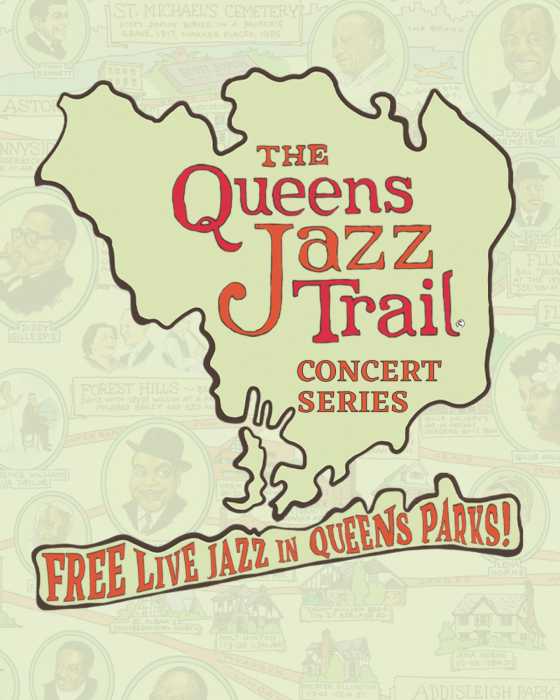As the temperatures drop through the coming months, the danger of hypothermia increases as does the death rate from coronary artery disease, which is highest during the months from November through January.
Overindulgence of the holiday season – food, shopping and holiday parties – as well as snowy and icy weather puts us all in danger. The American Heart Association (AHA) urges everyone to take extra care and learn these tips to respond to and prevent hypothermia and sudden cardiac arrest.
Hypothermia happens when the body can not produce enough energy to keep the internal body temperature warm enough causing it to fall below normal. That is why it is important to learn the symptoms, such as lack of coordination, mental confusion, slowed reaction, shivering and sleepiness.
With the risk of hypothermia having a greater effect on children, those with heart disease and the elderly, we are all at risk. And it is important to stay warm, in all cold weather conditions including rain and high winds.
Wearing layers of clothing traps the air close to the skin, forming a protective insulation for the body. Also, make sure to wear a hat or headscarf as much of the body heat can be lost through the top of the head and ears, which are prone to frostbite. Also keep hands and feet both warm and dry as these areas tend to lose heat quickly.
It is also wise to avoid alcohol before heading outside, as alcohol gives the feeling of warmth when it is actually caused by the expanding blood vessels in the skin, which draws heat away from the body’s vital organs. This along with physical activities in harsh weather conditions can increase the likelihood of hypothermia.
As the temperature drops and snow is soon to follow, those that are in poor physical health, or who suffer greater risk as prescribed by their physicians, should avoid cold weather exertion such as snow shoveling. Even walking through heavy wet snow or snowdrifts can strain a person’s heart. That is why it is important to learn what to do if someone was to suffer from cardiac arrest.
According to the AHA, roughly 80 percent of all out-of hospital cardiac arrests occur in private residential settings, so being trained in cardiopulmonary resuscitation or CPR is beneficial to everyone. CPR, if provided after a cardiac arrest, doubles a victim’s chance of survival.
The AHA conducts courses and to access listing, should log on to the AHA web site at www.americanheart.org/eccclassconnector.































